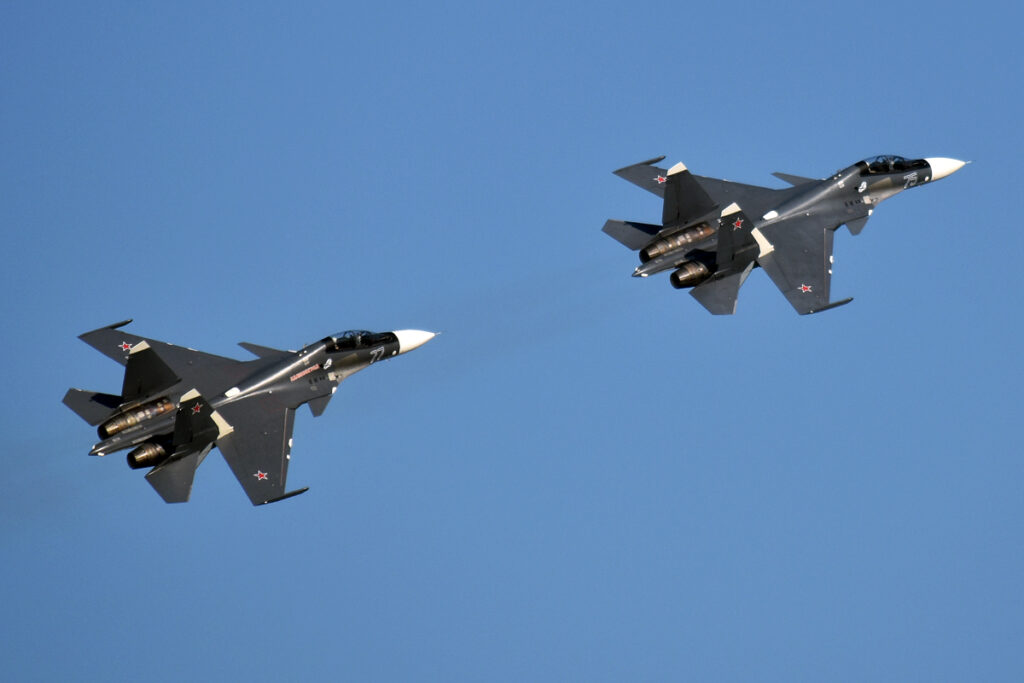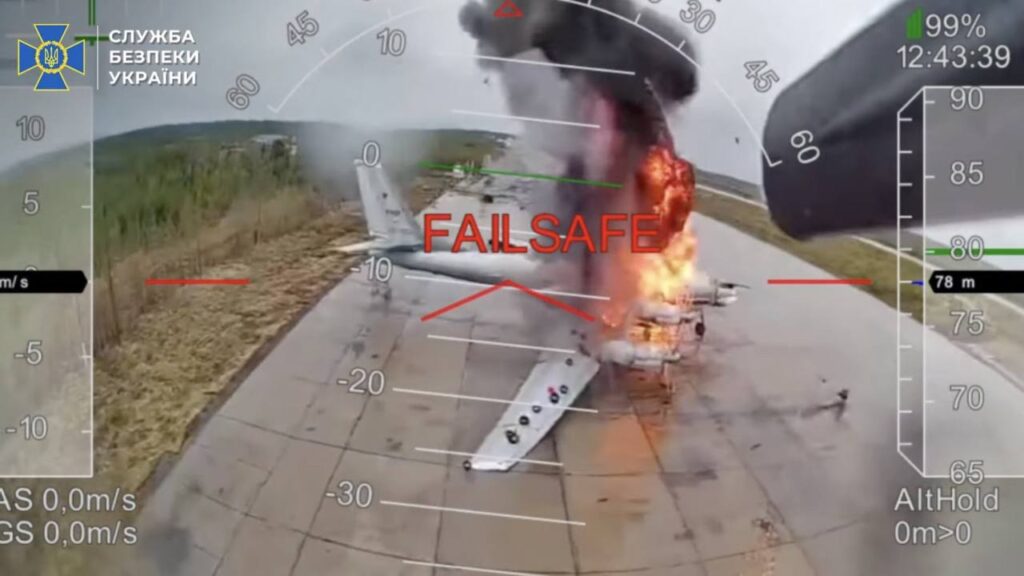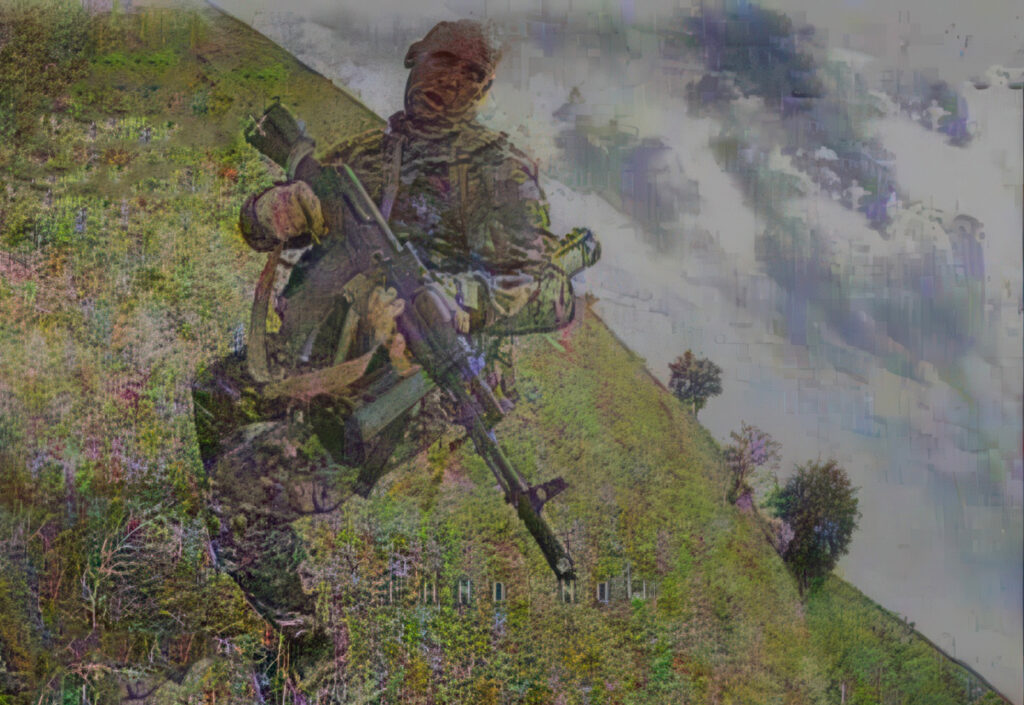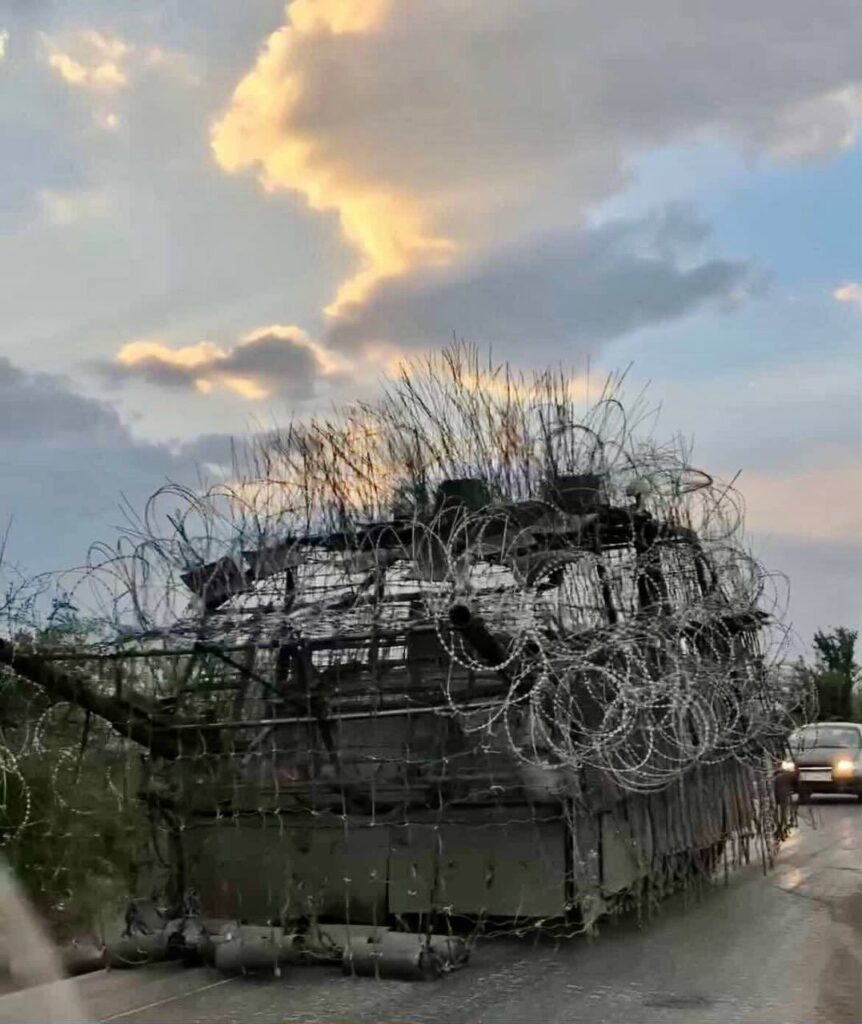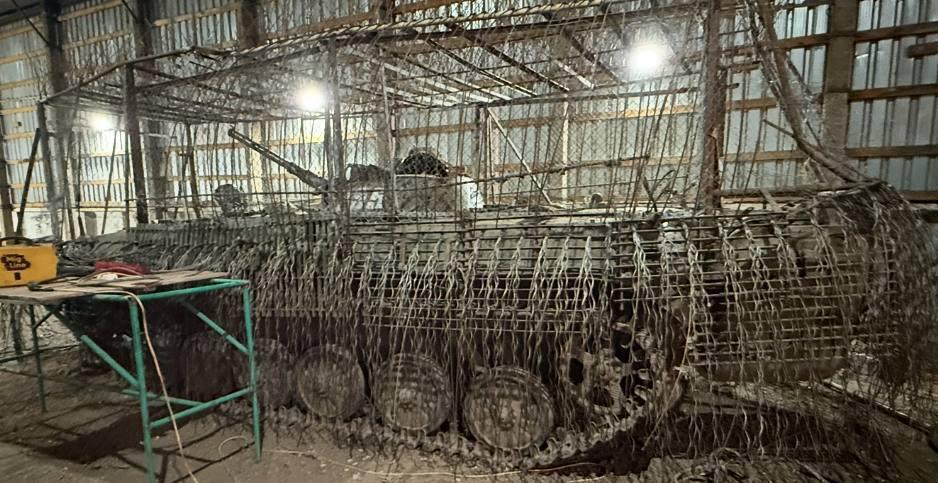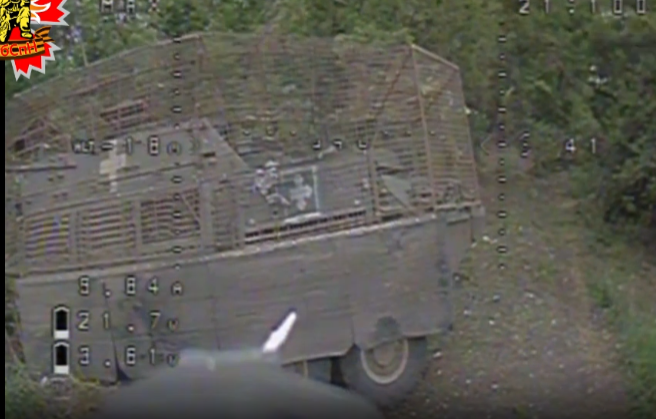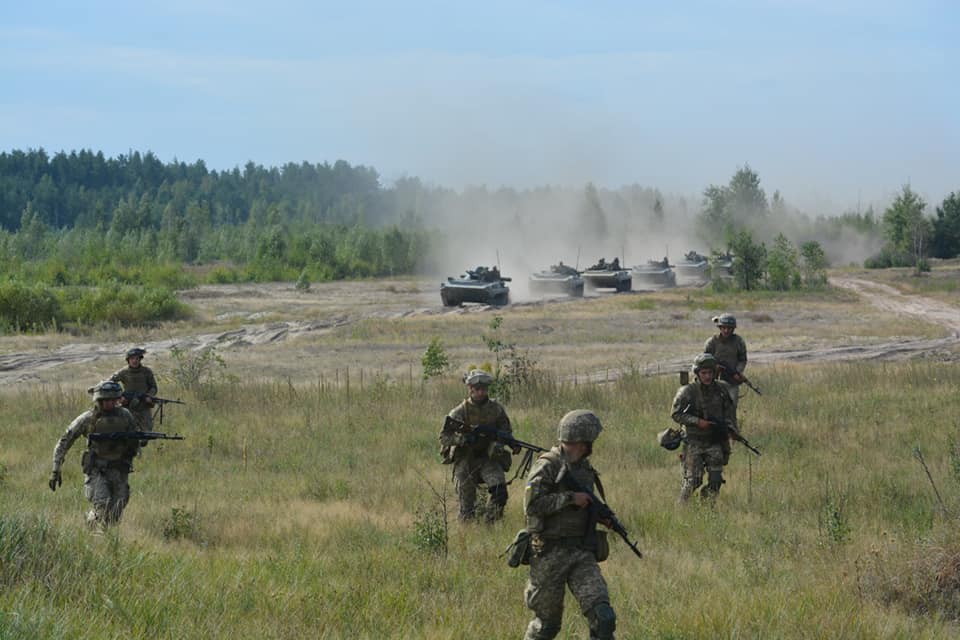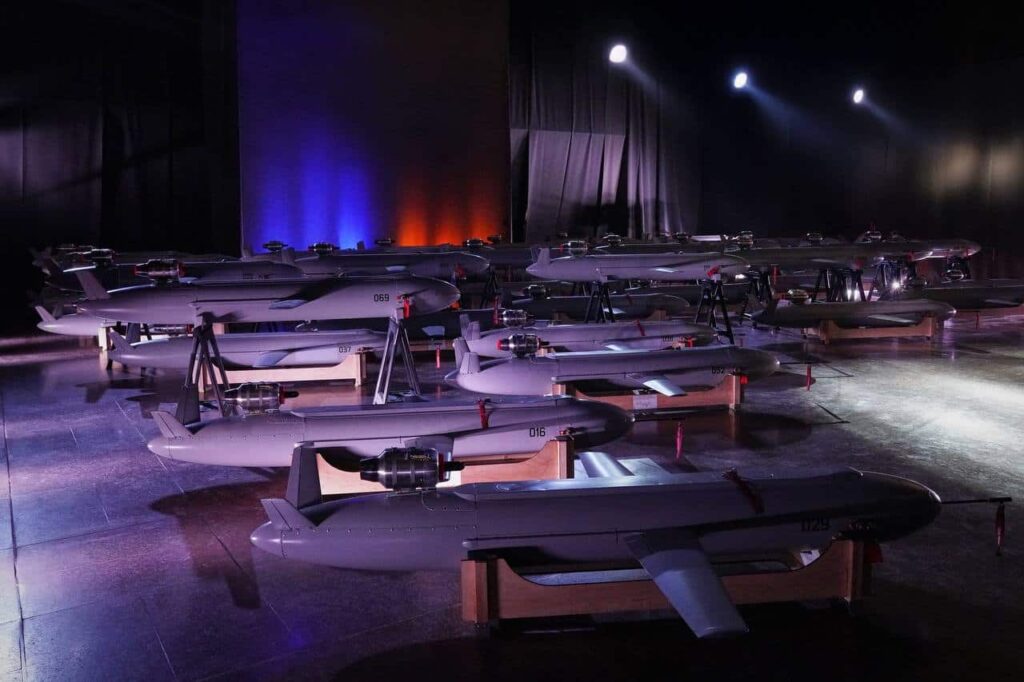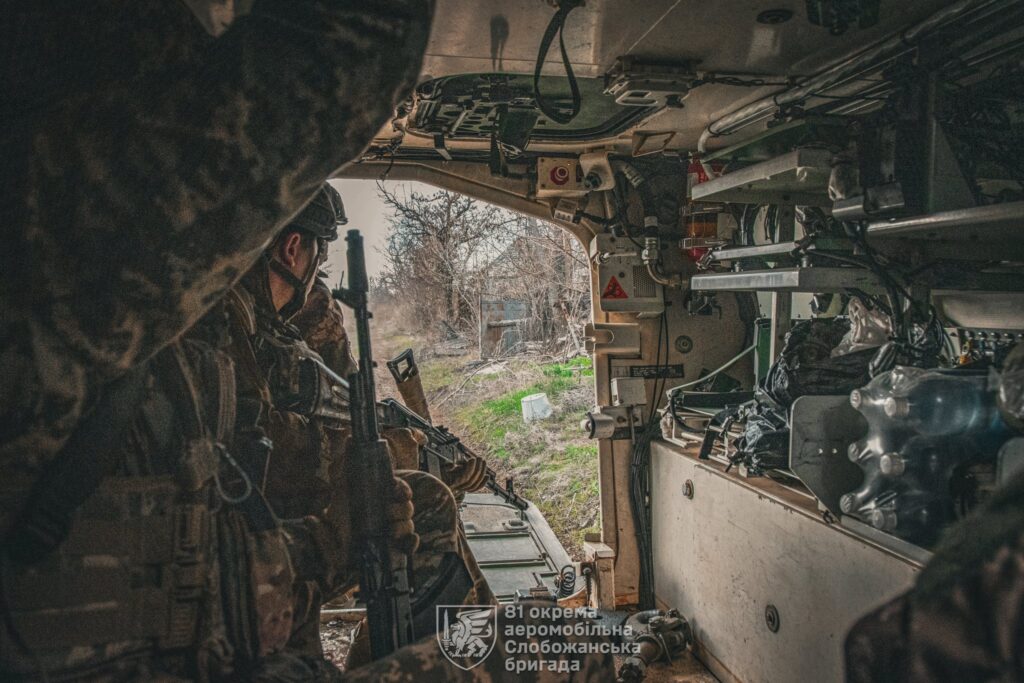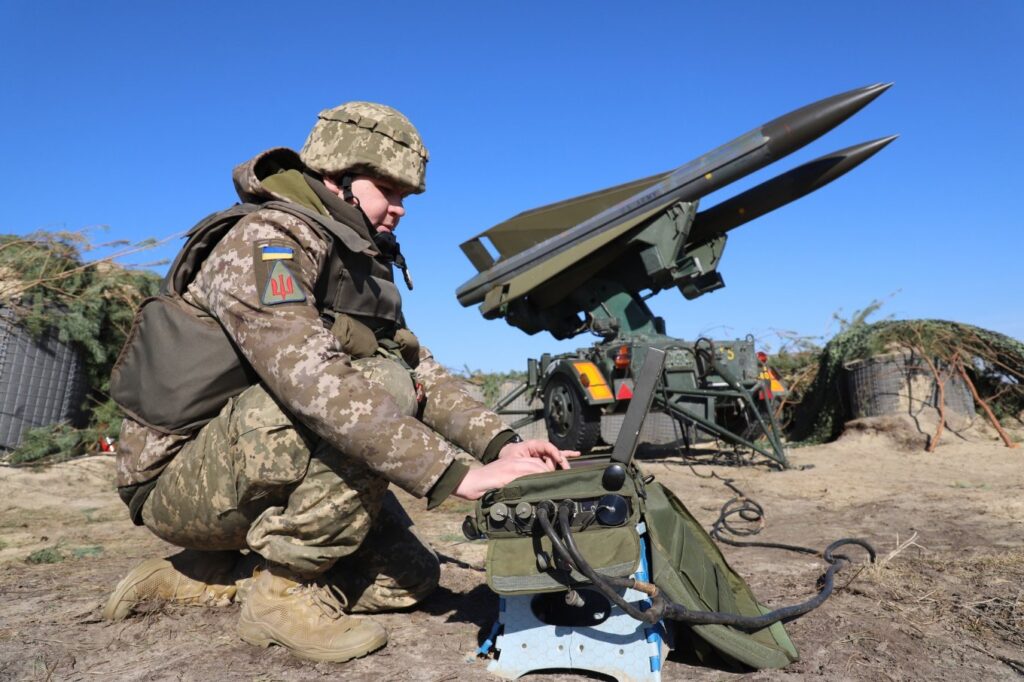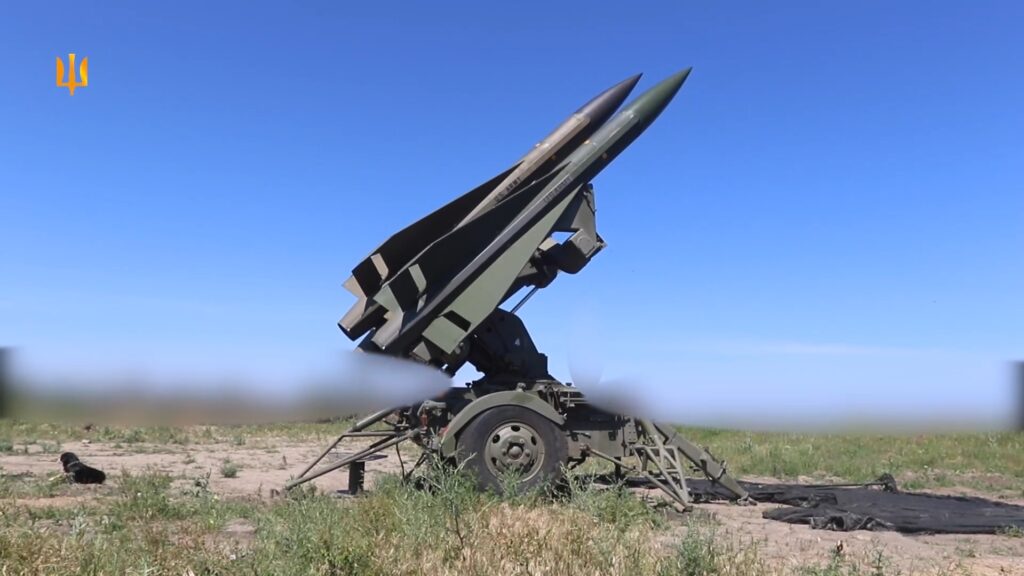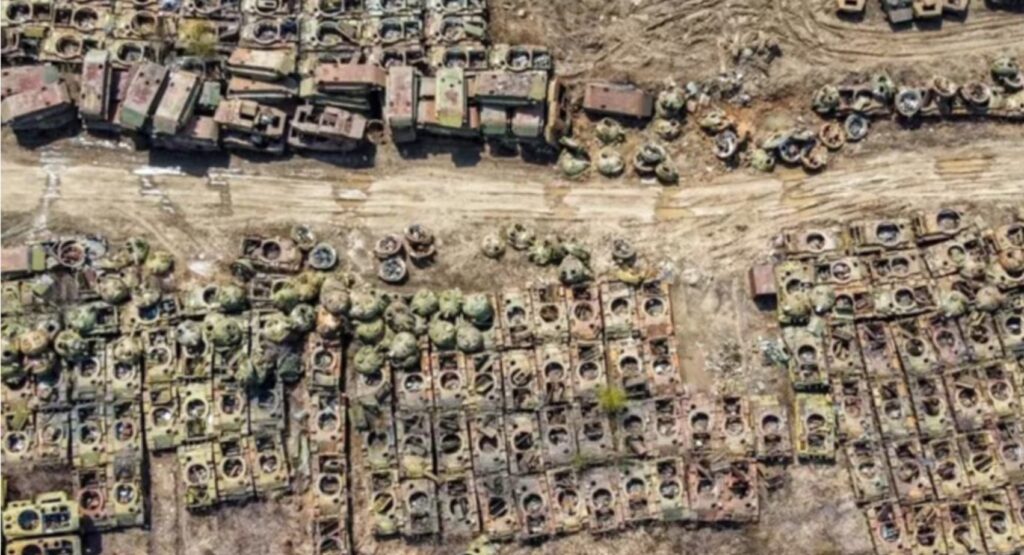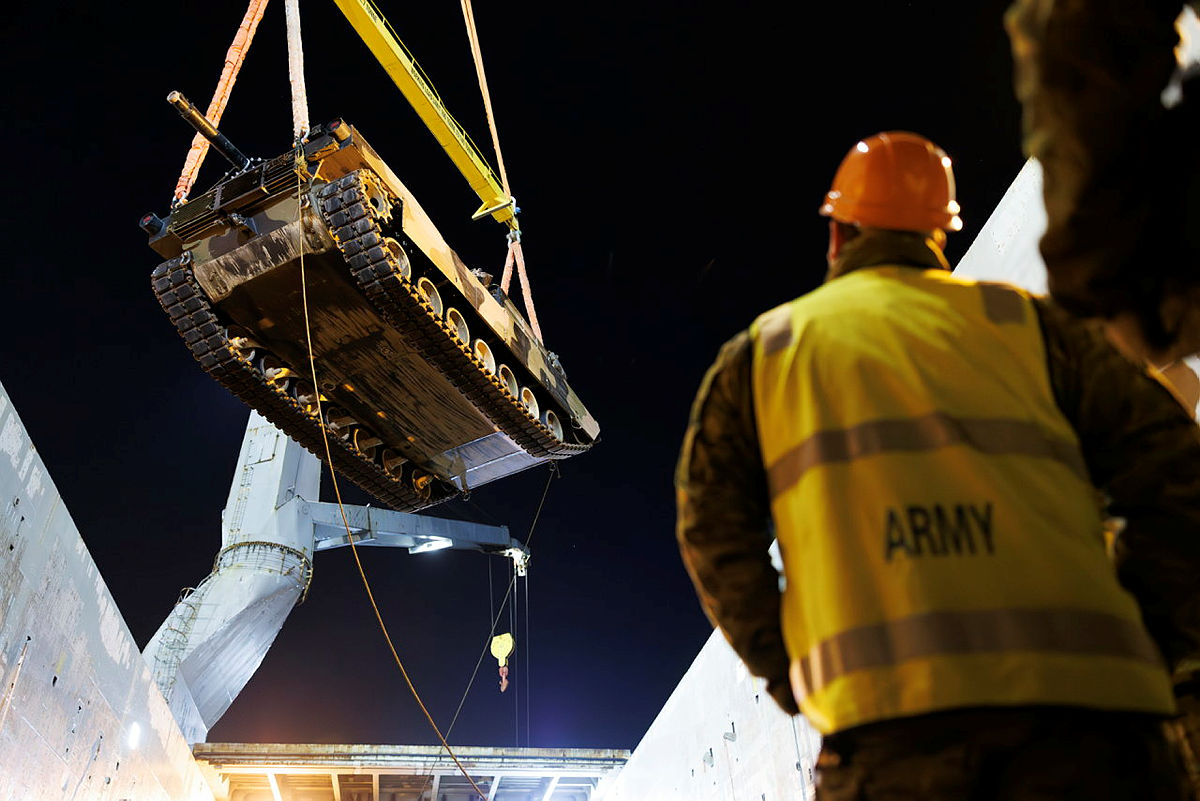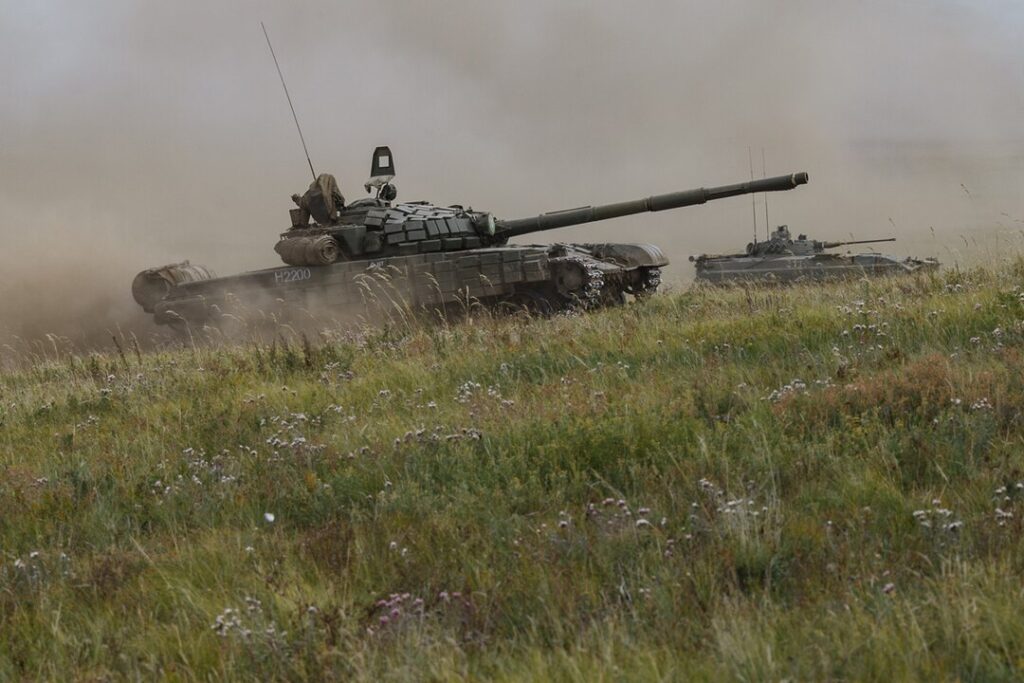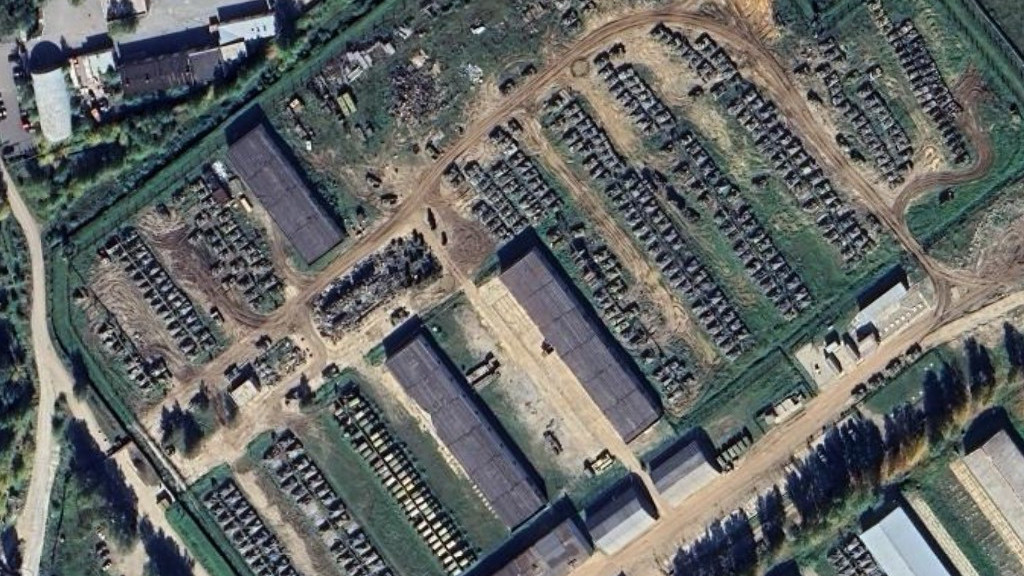Russia’s cozy nuke-proof command vehicle is back in action
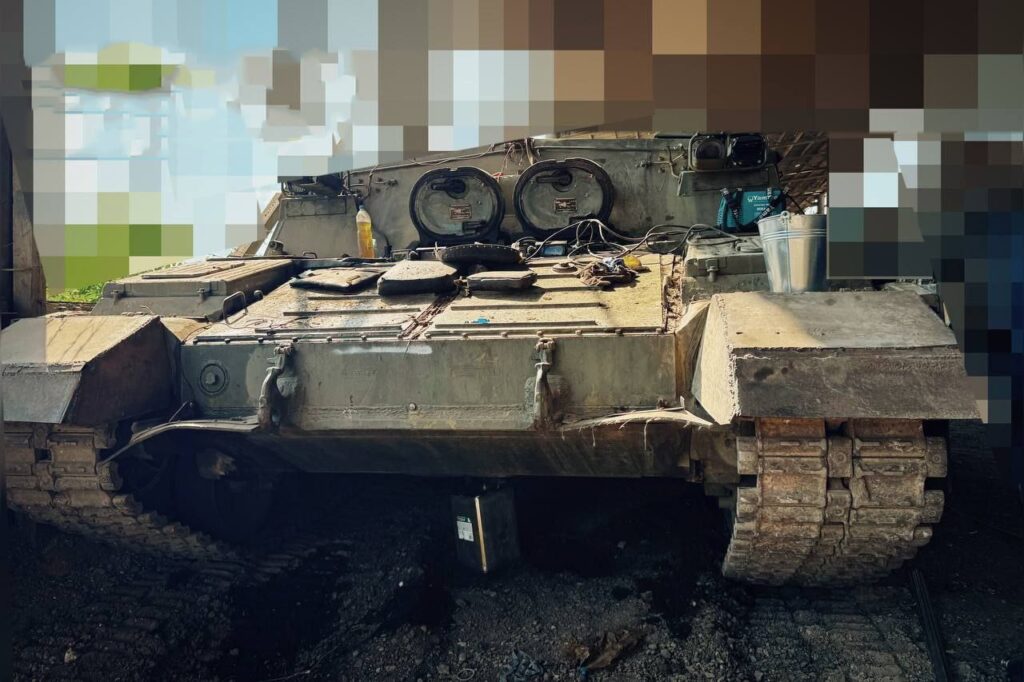
In the late 1970s, Soviet officials tapped the Kirovsky Design Bureau in Saint Petersburg to develop a reconnaissance and command vehicle for nuclear warfare: a sealed, self-contained and thickly-armored turret-less tank with remote cameras and its own oxygen supply.
The Ladoga recon and command vehicle wasn’t just nuke-proof. It was also weirdly cozy.
Kirovsky produced just a handful of the tracked vehicles—maybe four or five. One spent some time in the irradiated zone around the nuclear power plant in Chernobyl, in northern Ukraine, following the plant’s catastrophic meltdown in 1986. Aside from another that ended up in a museum, the Ladogas then simply disappeared.
Until March 2024, that is—when a Ukrainian drone spotted, and struck, what appeared to be a Ladoga rolling toward Ukrainian lines near the Kreminna Forest in eastern Ukraine. Seventeen months later, another—or the same—Ladoga appeared at a repair yard somewhere in the Russian occupation zone.
It’s possible half the Ladogas Kirovsky produced—and the majority that aren’t on display or badly irradiated—have made their way to Ukraine.
It’s no secret why. The Kremlin is struggling to generate enough combat vehicles—either through new production or by fetching older vehicles from long-term storage—to make good the loss of new fewer than 22,500 vehicles and other heavy equipment along the 1,100-km front line of Russia’s 42-month wider war on Ukraine.
The “de-mechanization” of what was once arguably the world’s leading mechanized military helps to explain why some very strange vehicles have showed up along the front line. Armored vehicles are much less important in Russian doctrine as front-line regiments have shifted to harder-to-detect infantry and motorcycle assaults.
Rare vehicle of the day? Ladoga gets hit by fpv drone. Once a transport vehicle for VIPs, now a target of FPVs.https://t.co/ZAHs1kJ2M5 pic.twitter.com/MmmKwXlJPA
— Andrew Perpetua (@AndrewPerpetua) March 26, 2024
Vehicular oddities
The de-mechanization of the Russian military doesn’t mean Russia is losing wider war on Ukraine. It does mean the Russian military may struggle to exploit its battlefield victories against manpower-starved Ukrainian brigades. Russian infantry might find gaps in Ukrainian defenses. But there are precious few Russian armored vehicles on hand to rush through the gaps—and drive deep behind Ukrainian lines.
At the same time, unarmored Russian attacks are vulnerable to armored Ukrainian counterattacks. It’s telling that, after a brigade of Russian infantry marched through empty Ukrainian trenches northeast of Pokrovsk in eastern Ukraine a few weeks ago, the infiltrators clung to their 15-km salient only as long as it took a powerful Ukrainian force to mobilize its tanks and other heavy forces for a devastating counterattack.
To whatever extent Russian troops still ride under armor, they increasingly ride in vehicular oddities that, pre-war, resided in museums—or were totally unimaginable. The Ladoga may belong to both categories. It combines the armored hull of a T-80 tank with a 1,250-horespower gas-turbine engine and a voluminous crew compartment seating four or so people in padded armchairs.
The Ladoga has a mast-mounted television camera and a full suite of radios that would have allowed the vehicle to work in a doomsday command role. Imagine Soviet leaders speeding to safety inside a Ladoga, directing their own nuclear forces as NATO’s own nukes rain down.
Now imagine some Russian colonel commanding his battalion from a Ladoga’s cozy interior during an attack on Ukrainian forces around Kreminna or Pokrovsk. Or, equally likely, Russian infantry using the Ladoga as an improvised assault vehicle.
The tiny force of Ladogas got a workout around Chernobyl but never performed its primary role in an atomic apocalypse. Surely no one at Kirovsky imagined an aged Ladoga or two would eventually find a way to the front line of a non-nuclear war in 2024 and 2025.
But then, it’s hard to imagine the engineers in Saint Petersburg 50 years ago could anticipate Russia losing 22,500 armored vehicles in just three and a half years in a war with, of all countries, Ukraine.
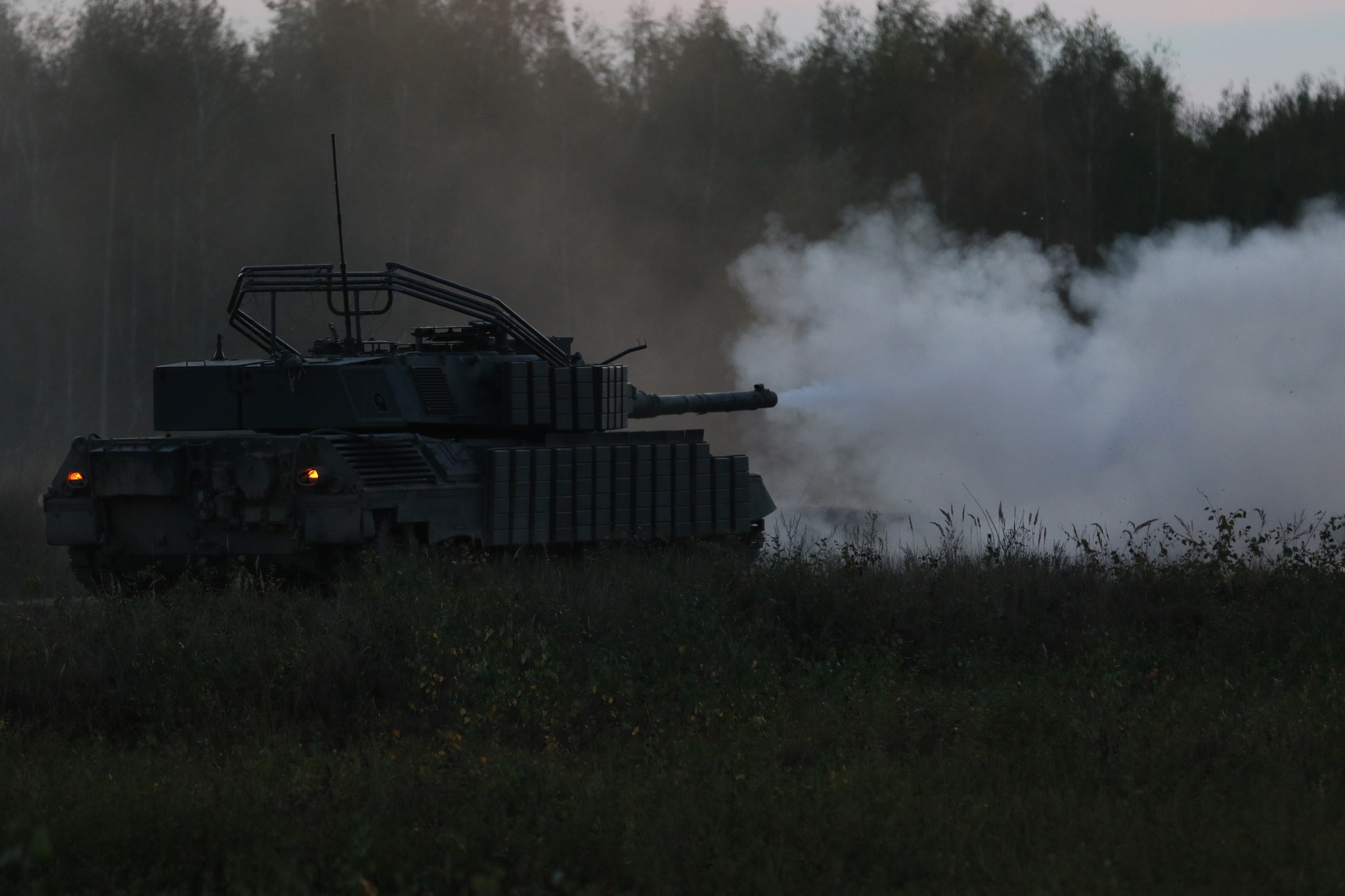
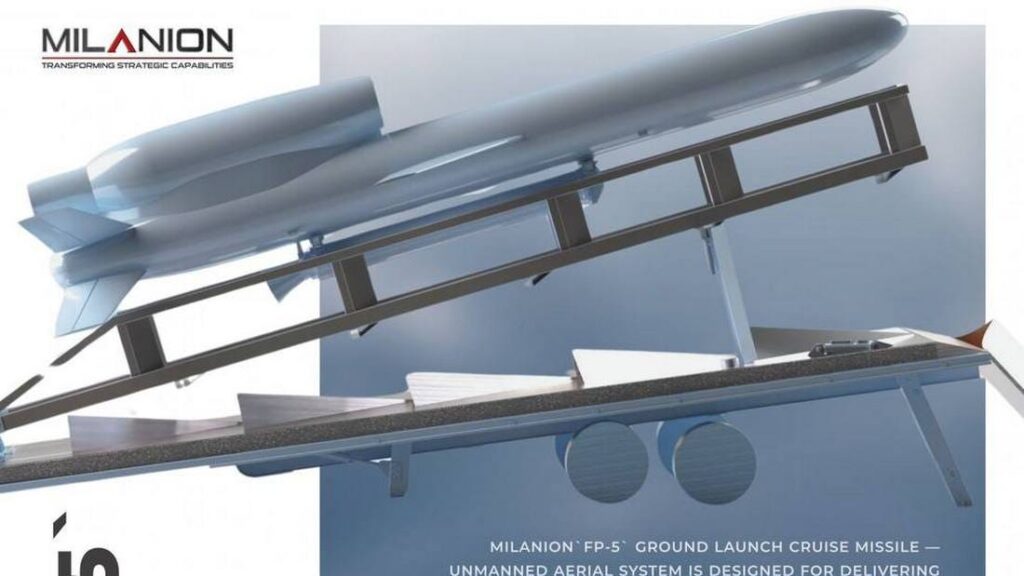
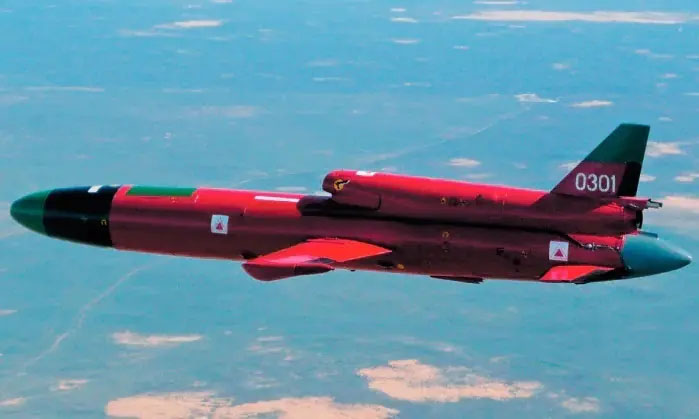
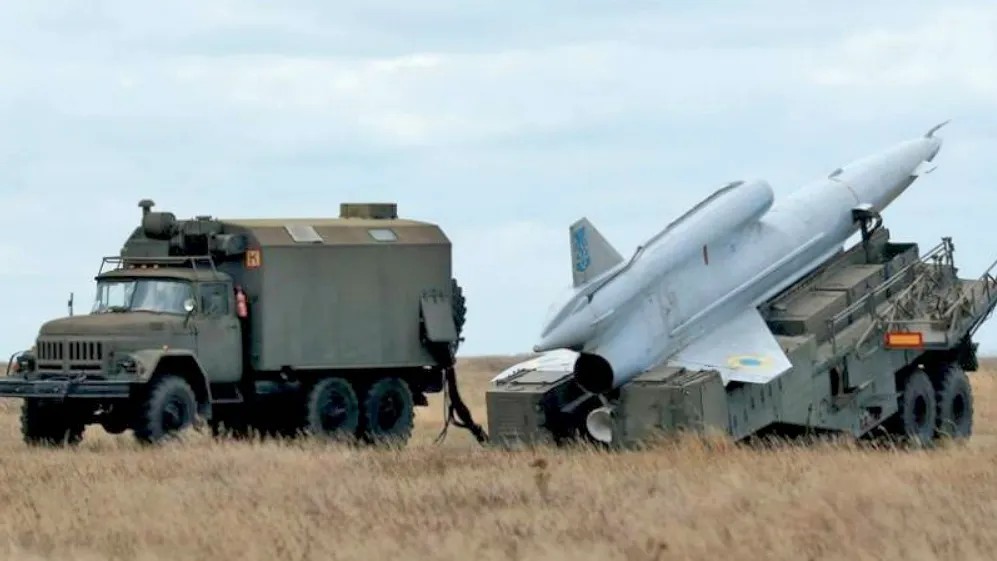





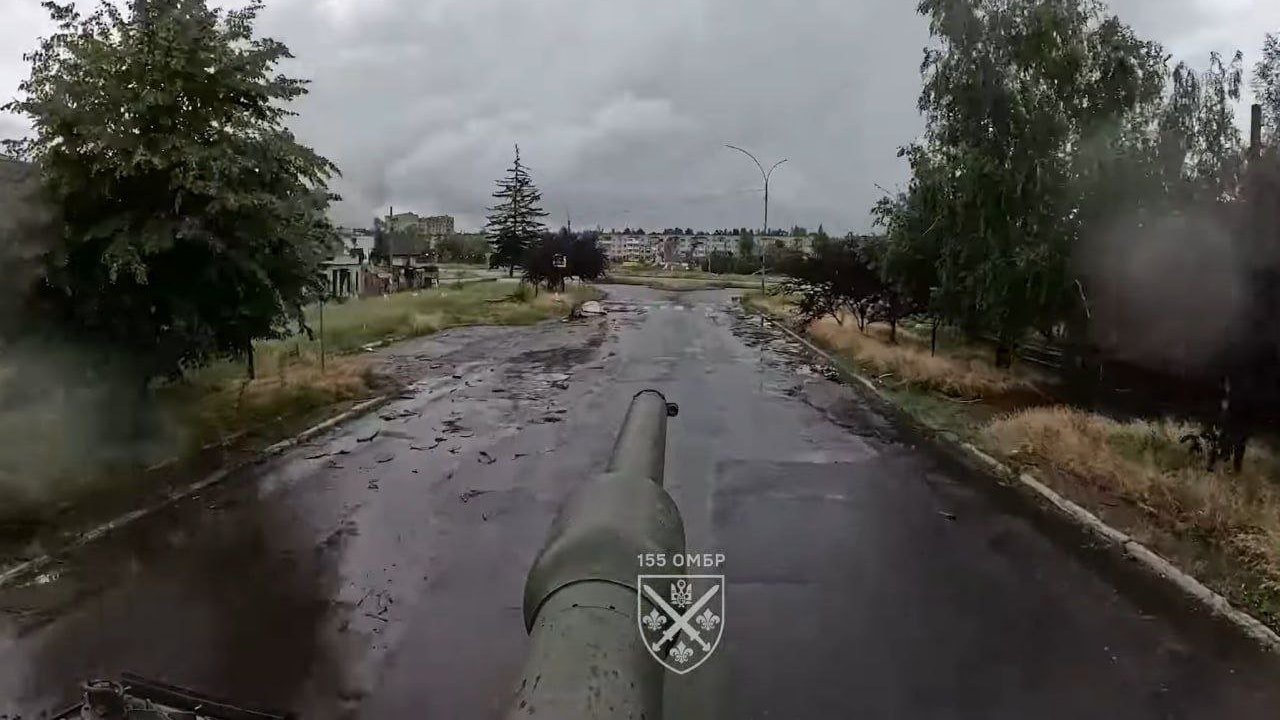
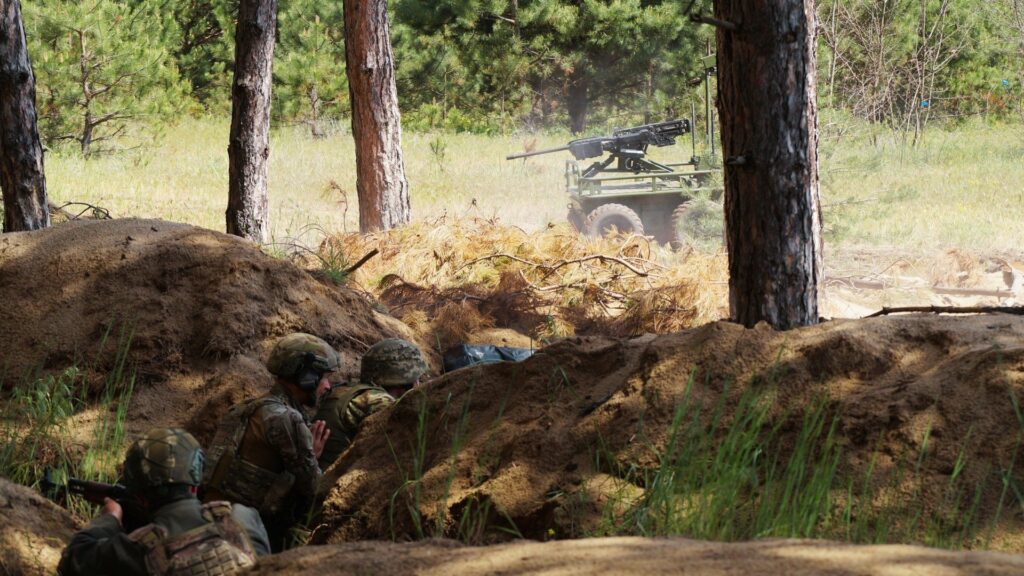
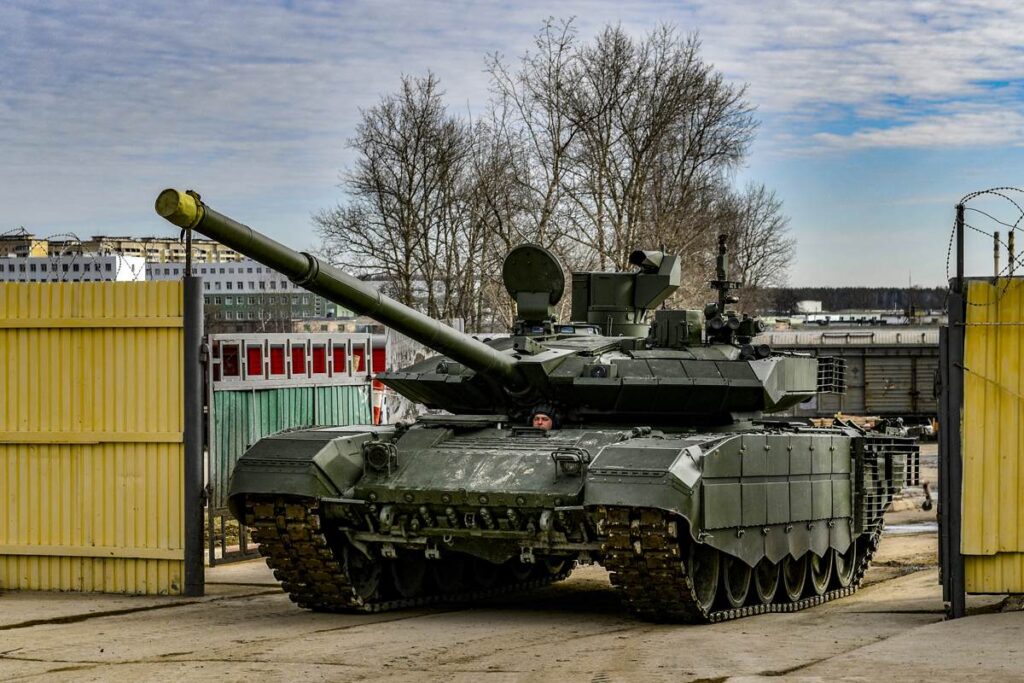


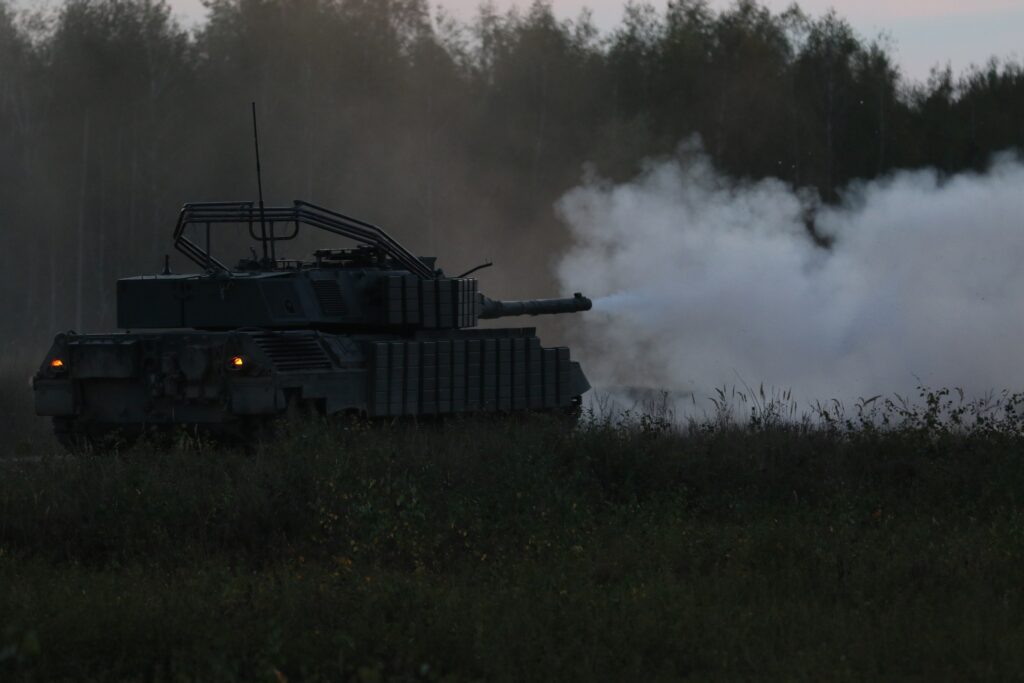

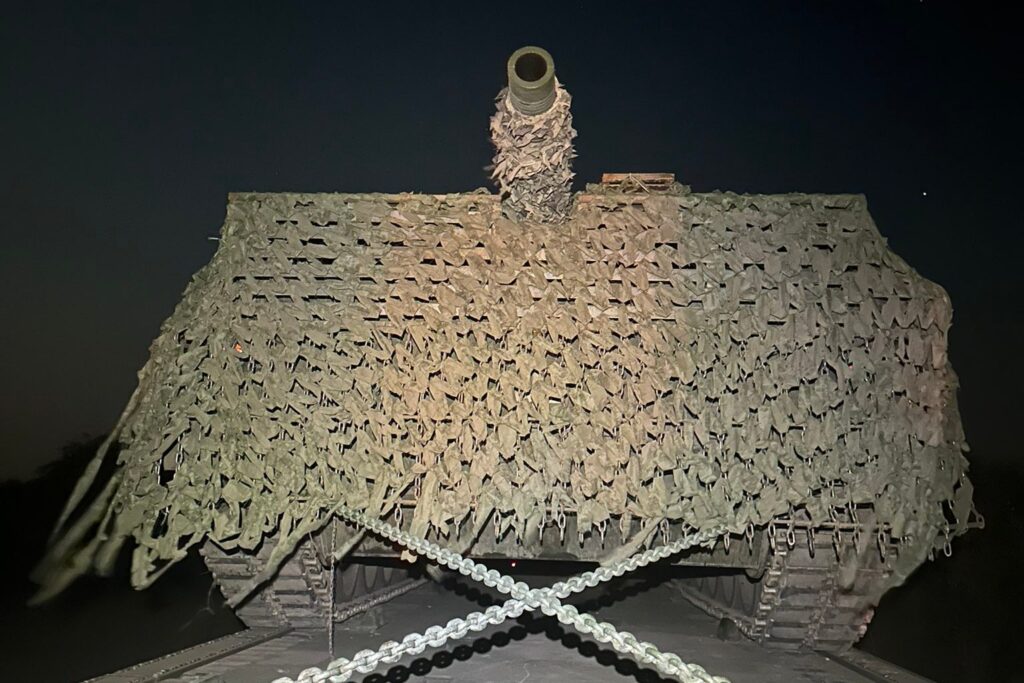

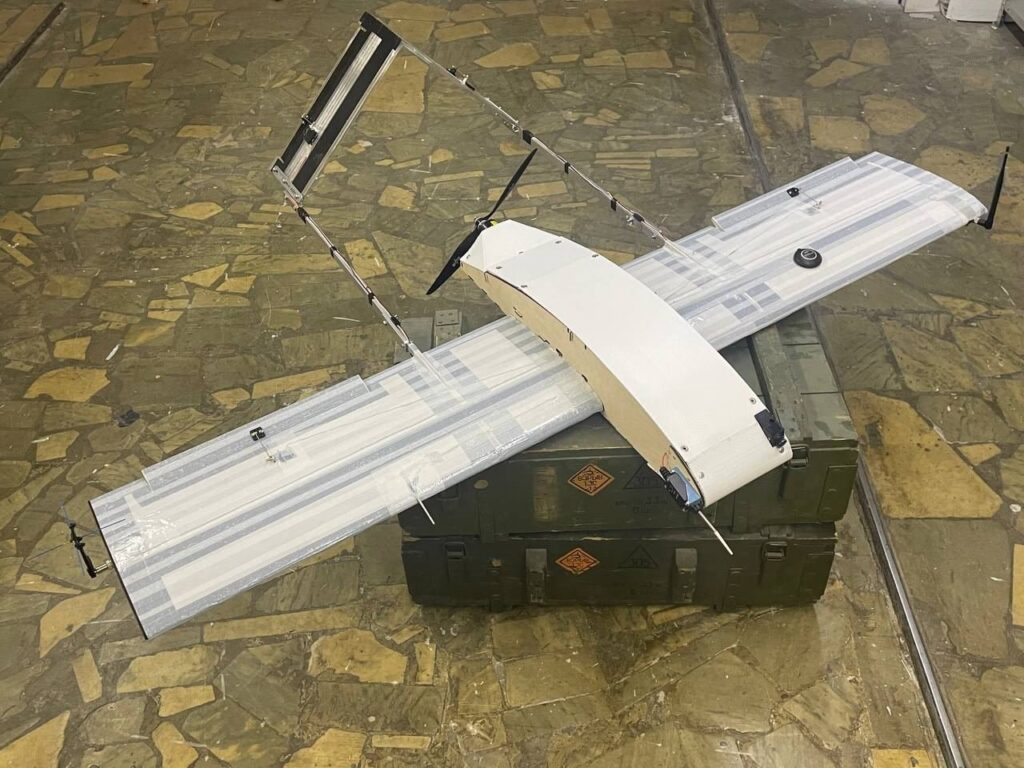
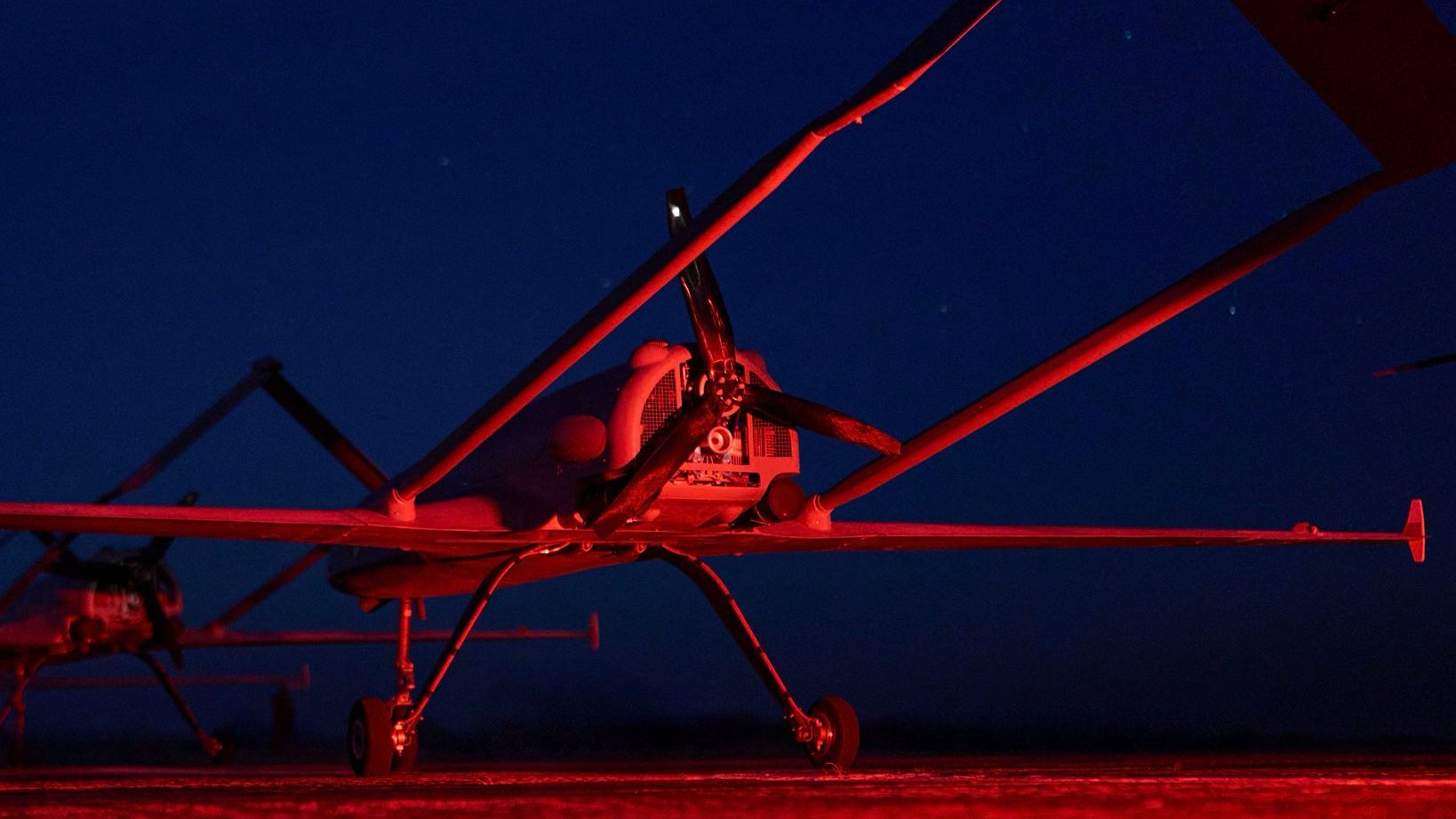
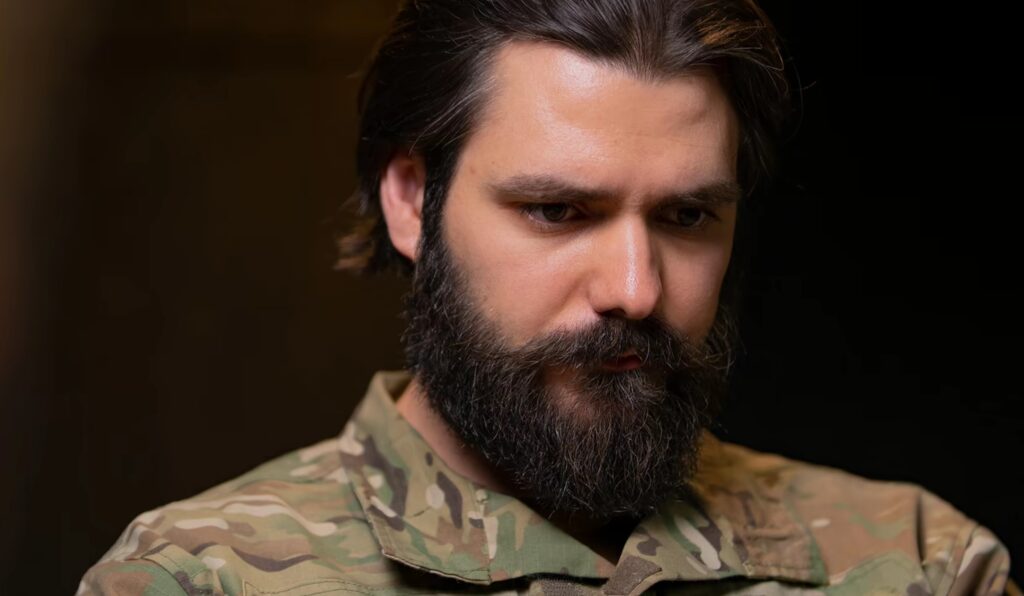
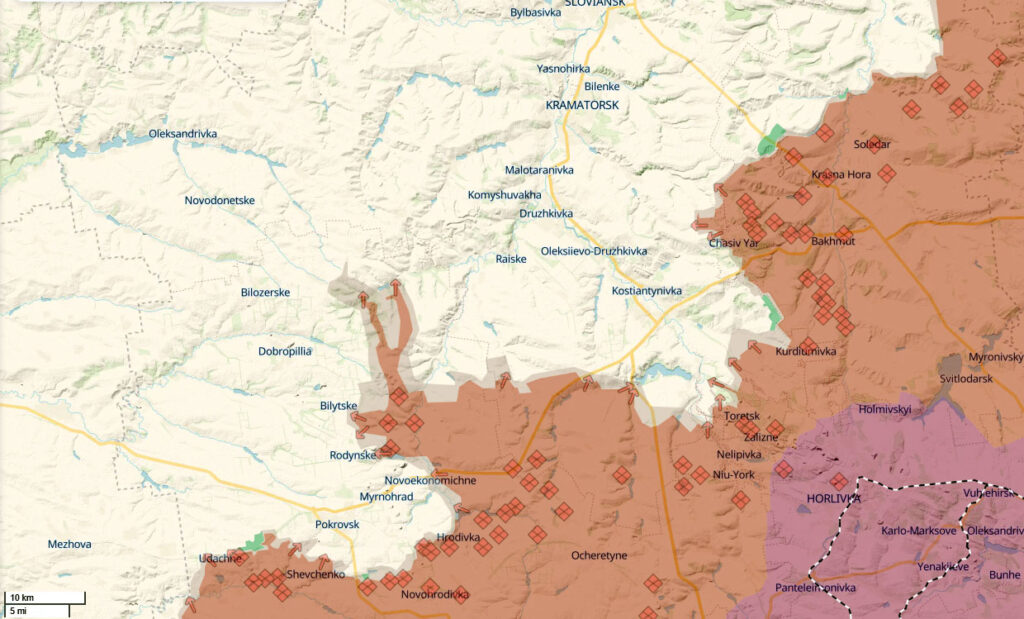
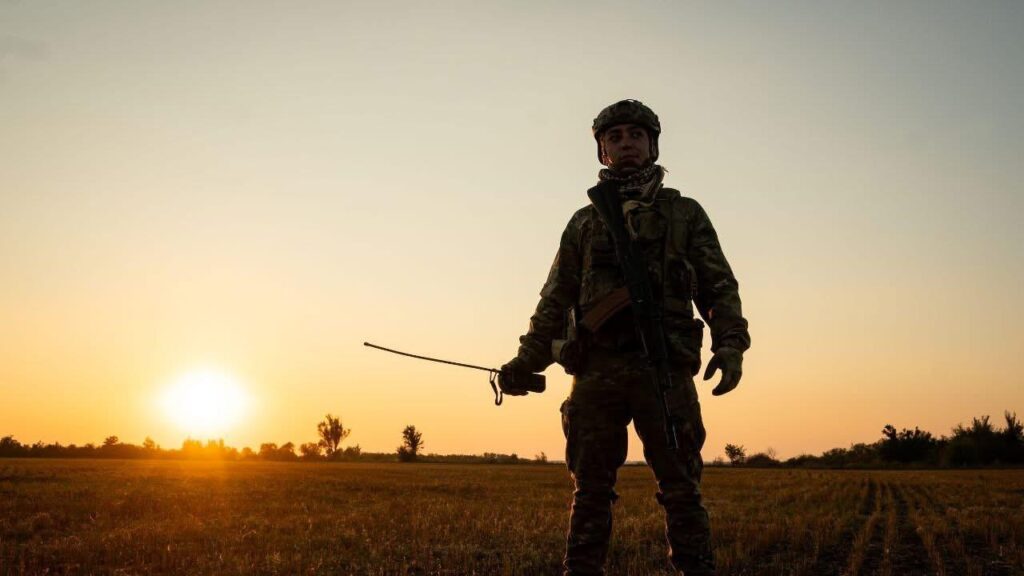

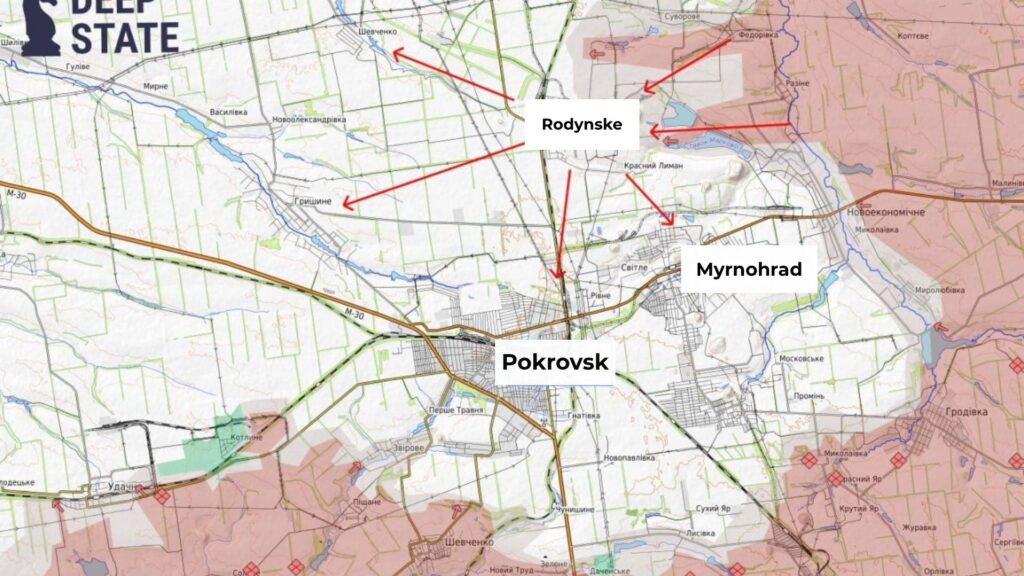

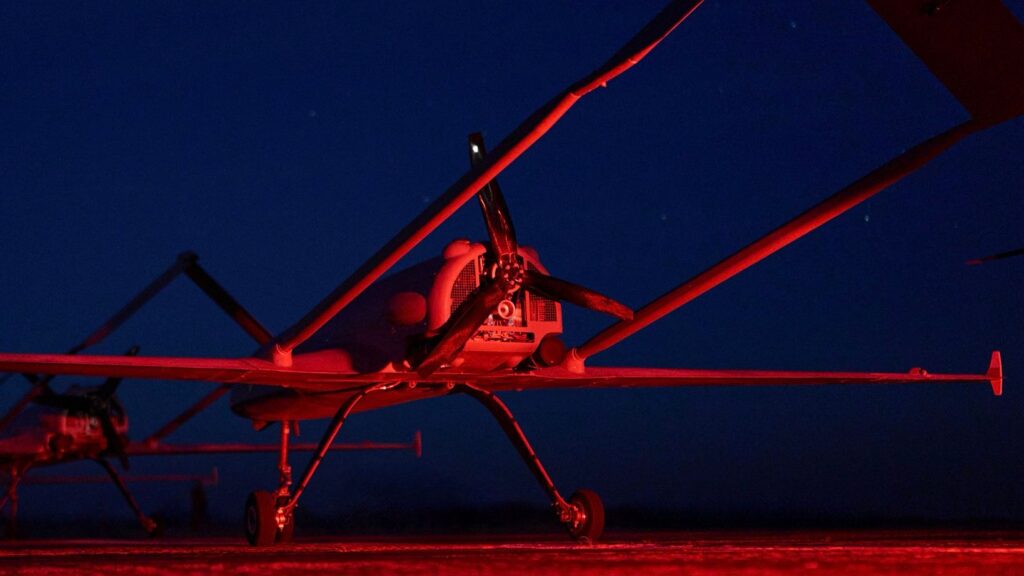

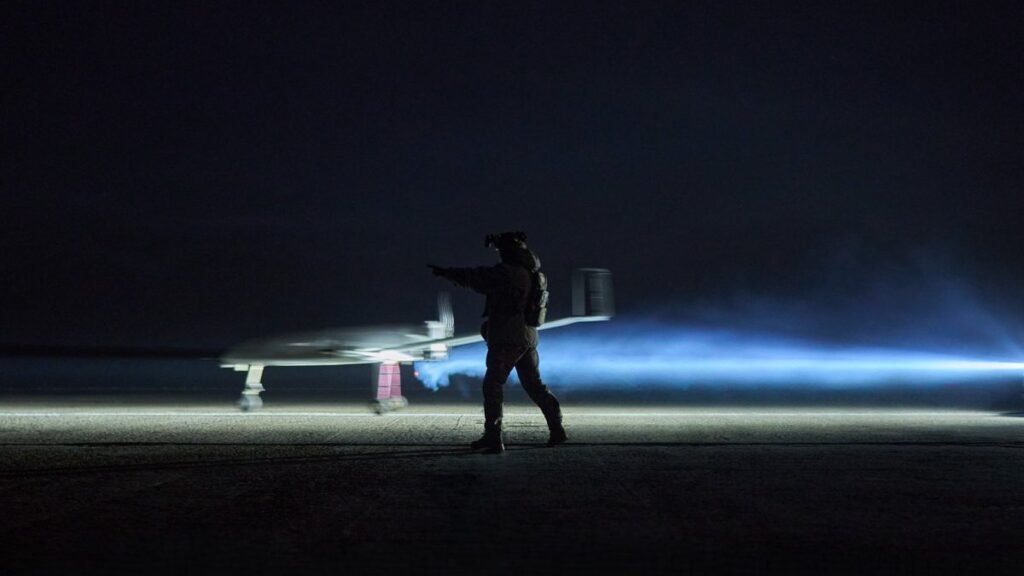
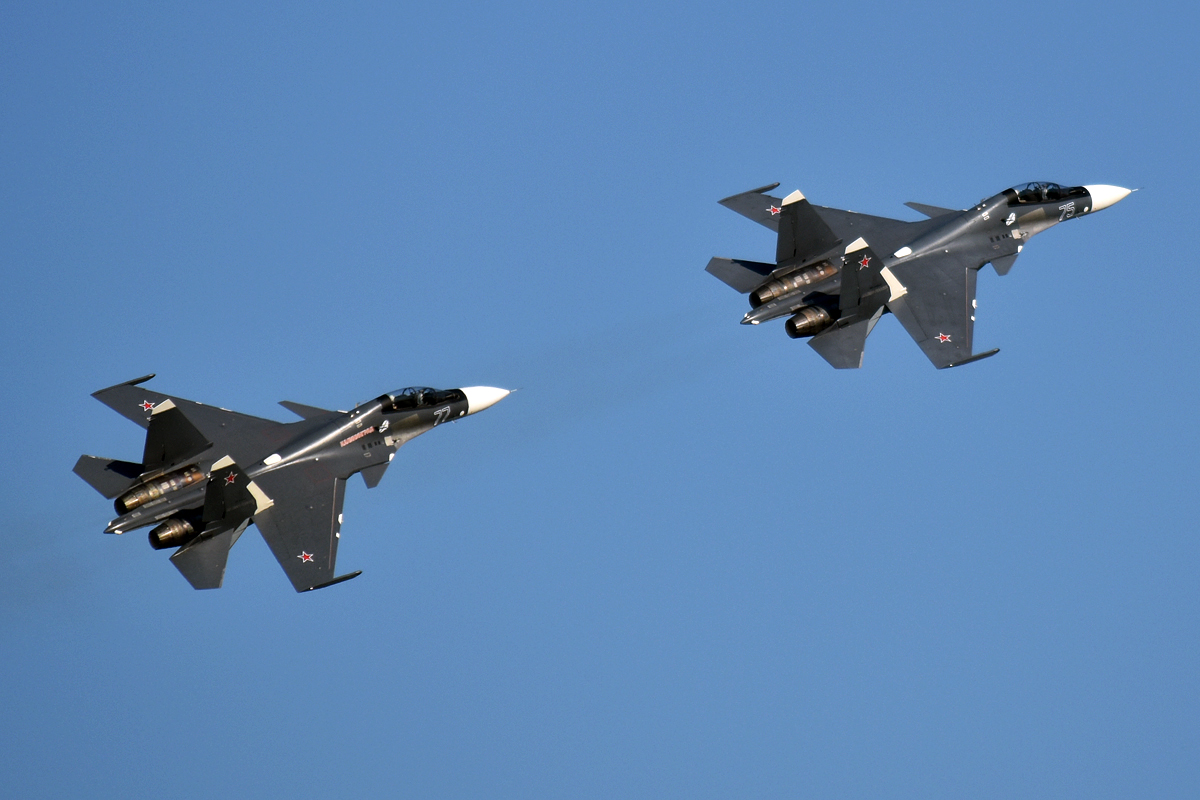
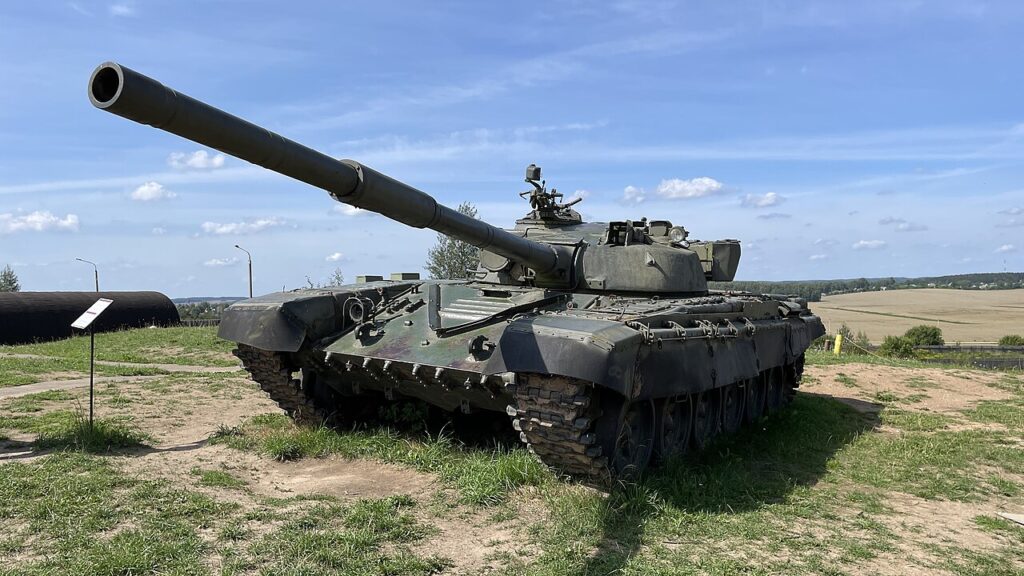
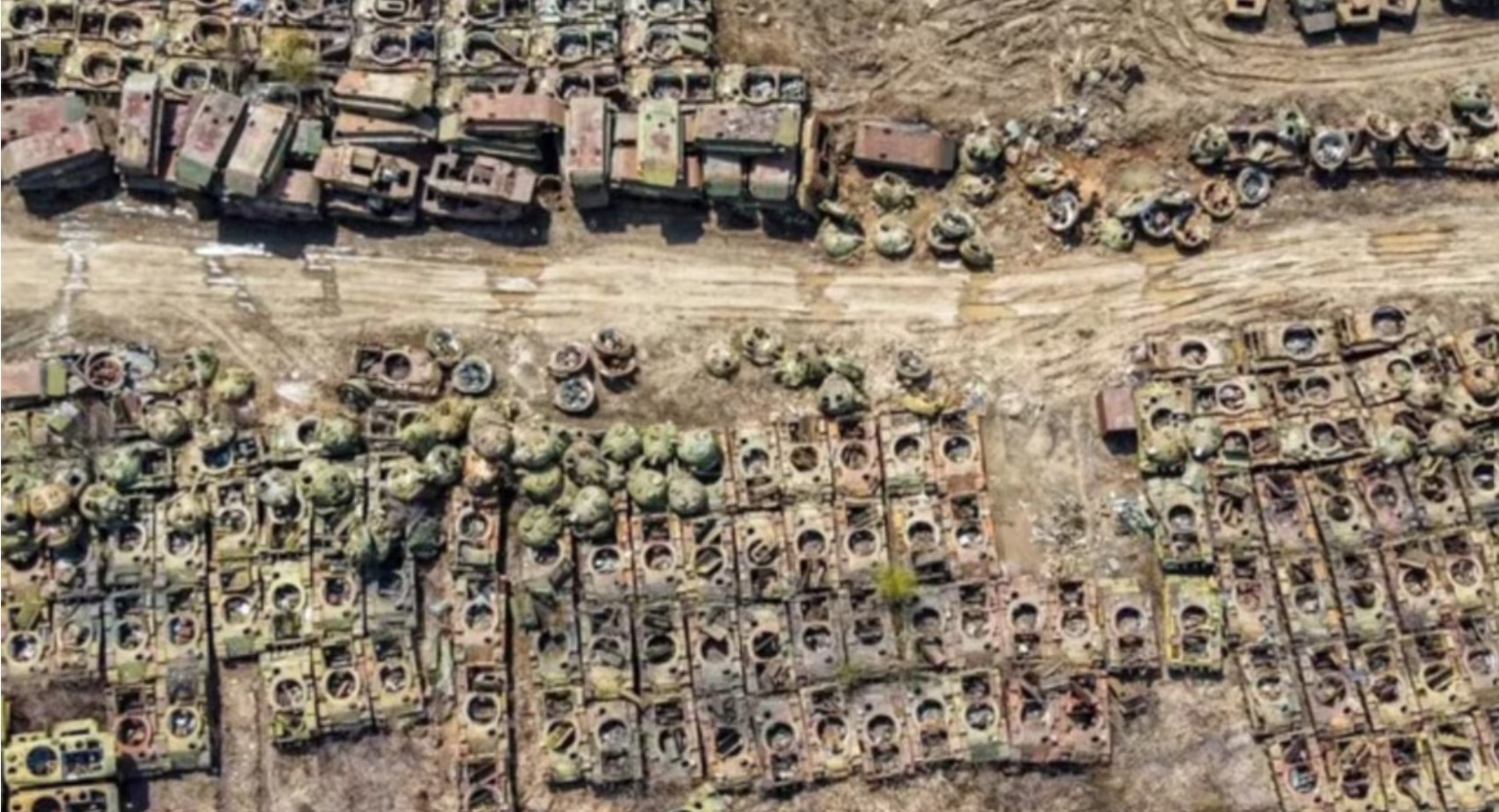

 Satellite images of
Satellite images of  Vorkuta Airfield as of August 2, 06:58 UTC
Vorkuta Airfield as of August 2, 06:58 UTC